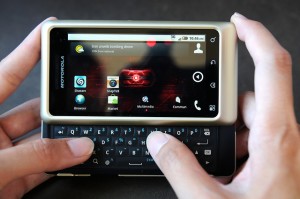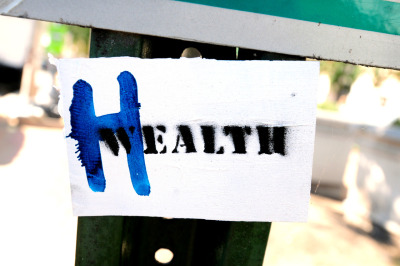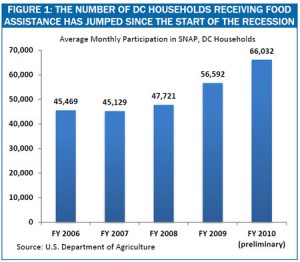
alachia / Flickr
There have been a number of ideas on how to reduce the digital divide, or the disparity in access to technology and the Internet among people of different races and income levels. One strategy: make high-speed Internet cheaper for low-income families, which major cables companies will start doing next summer. But will that tactic actually get more people connected? Maybe not. Here are three reasons why improving mobile broadband access, not cable Internet, might be more effective:
People of color don’t use computers as much as whites do.
But that doesn’t mean, particularly for those who are low-income, they aren’t getting online. African Americans and Hispanics are far outpacing whites in accessing the Internet through mobile devices; nationally, 58 percent of African Americans and 53 percent of Hispanics use mobile broadband, compared to 33 percent of whites, according to the Hispanic Institute.
Those trends hold true locally, too: in a 2010 Public Media Corps survey (which I helped conduct), we found that about 71 percent of blacks and 76 percent of Hispanics in some of D.C.’s poorest wards connect to the Internet using their phones. Meanwhile, about 58 percent of whites in those communities used their phones, while 79 percent used computers.
It’s the money, stupid.
“If you have a low income, you just don’t subscribe,” said John Dunbar, who authored a study examining D.C.’s high-speed adoption rates.
Phones are cheaper than computers, and they’re already in people’s hands. Without government or nonprofit help, pay-as-you-go phone plans may offer convenient payment schemes for people worried about making timely monthly payments on stretched budgets.
Language barriers and dealing with cable companies.
Dealing with a cable company over the phone can be a headache —especially when your first language isn’t English. There are more mobile companies with sales and service locations scattered throughout the city than there are major cable providers. Dunbar found that, even when adjusted for income, Hispanics in the D.C. region are less likely to use high-speed Internet. That may be due to poor marketing to non-English speakers.











